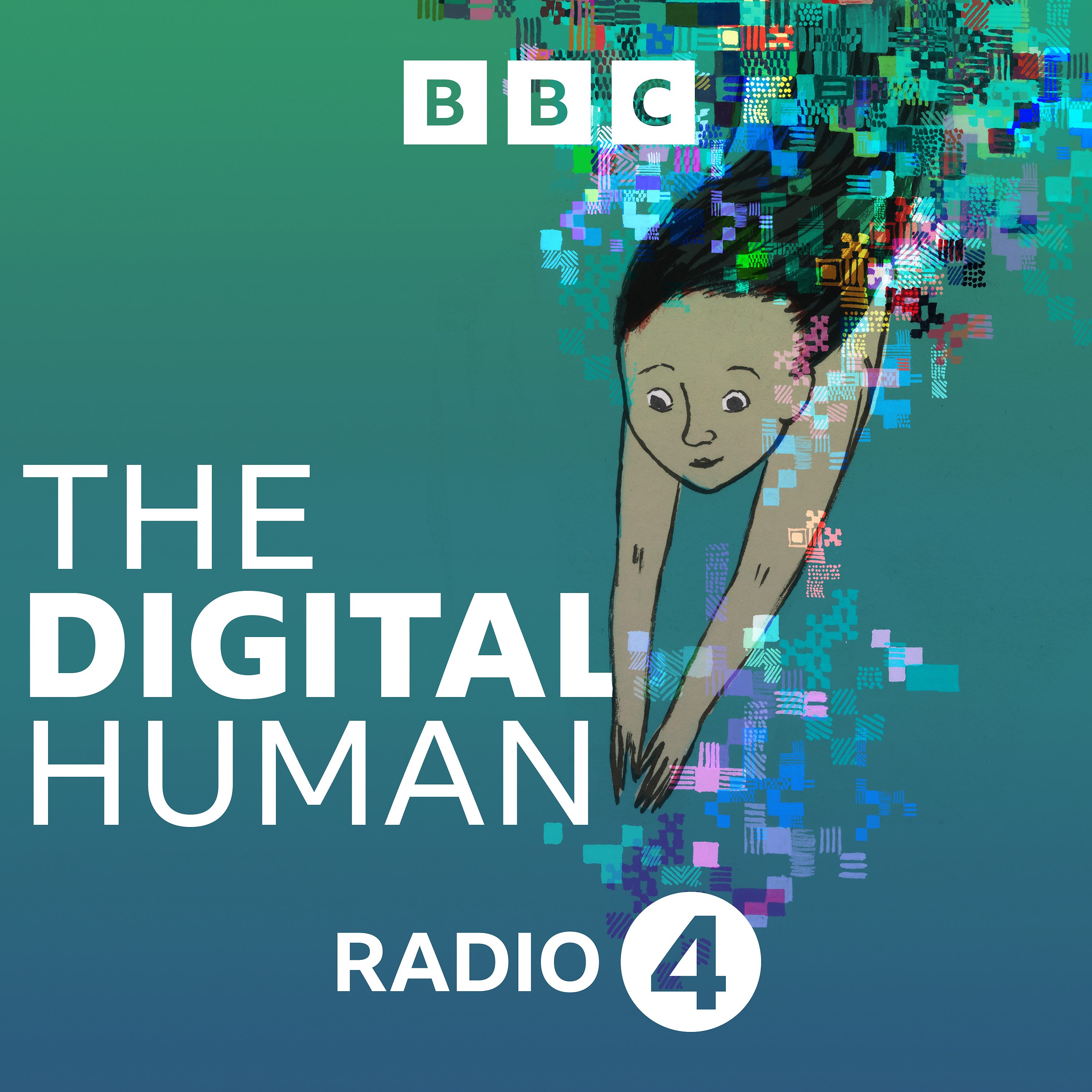- Technology
- SEE MORE
- classical
- general
- talk
- News
- Family
- Bürgerfunk
- pop
- Islam
- soul
- jazz
- Comedy
- humor
- wissenschaft
- opera
- baroque
- gesellschaft
- theater
- Local
- alternative
- electro
- rock
- rap
- lifestyle
- Music
- como
- RNE
- ballads
- greek
- Buddhism
- deportes
- christian
- piano
- djs
- Dance
- dutch
- flamenco
- social
- hope
- christian rock
- academia
- afrique
- Business
- musique
- ελληνική-μουσική
- religion
- World radio
- Zarzuela
- travel
- World
- NFL
- media
- Art
- public
- Sports
- Gospel
- st.
- baptist
- Leisure
- Kids & Family
- musical
- club
- Culture
- Health & Fitness
- True Crime
- Fiction
- children
- Society & Culture
- TV & Film
- gold
- kunst
- música
- gay
- Natural
- a
- francais
- bach
- economics
- kultur
- evangelical
- tech
- Opinion
- Government
- gaming
- College
- technik
- History
- Jesus
- Health
- movies
- radio
- services
- Church
- podcast
- Education
- international
- Transportation
- Other
- kids
- podcasts
- philadelphia
- Noticias
- love
- sport
- Salud
- film
- and
- 4chan
- Disco
- Stories
- fashion
- Arts
- interviews
- hardstyle
- entertainment
- humour
- medieval
- literature
- alma
- Cultura
- video
- TV
- Science
- en
Maps

b'
Aleks Krotoski examines what digital mapping has meant for our understanding of the world. Are we always aware of the decisions that make them look the way they do? Traditionally of course maps are as "authored" as anything else. As Simon Garfield writer of On the Map: Why the world looks the way it does , explains we should think of maps like the biography of a famous person; highly subjective and usually with some sort of angle.
We hear this authorship at work when we join Bob Egan of PopSpotsNYC; he maps out where famous album cover photos were taken in his native New York and puts them online for us all to visit. We join him on the hunt through Google maps and on the streets as tracks down his latest quarry. Bob is adding his own layer of information to the digital mapping of our world for Dr Mark Graham of the Oxford Internet Institute this is happening all around us.
And it\'s this phenomenon that makes the understanding of the choices that go into making our maps even more important. We hear about the experience of paleo-anthropologist Prof Lee Berger and how hidden choices in GPS data he was using nearly cost him the most important discovery of his career. Aleks then explores if the so called "open mapping" movement hold the answer to eliminating some of issues created by digital maps with the example of Christchurch recovery map -a crowd sourced map that was created within hours of the Christchurch earth quake of 2012.
'